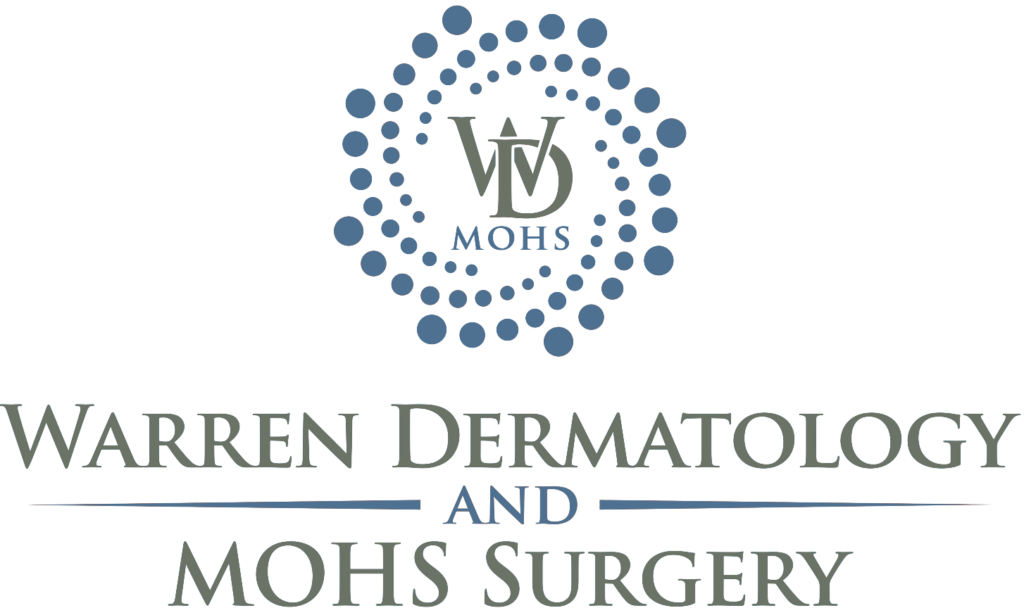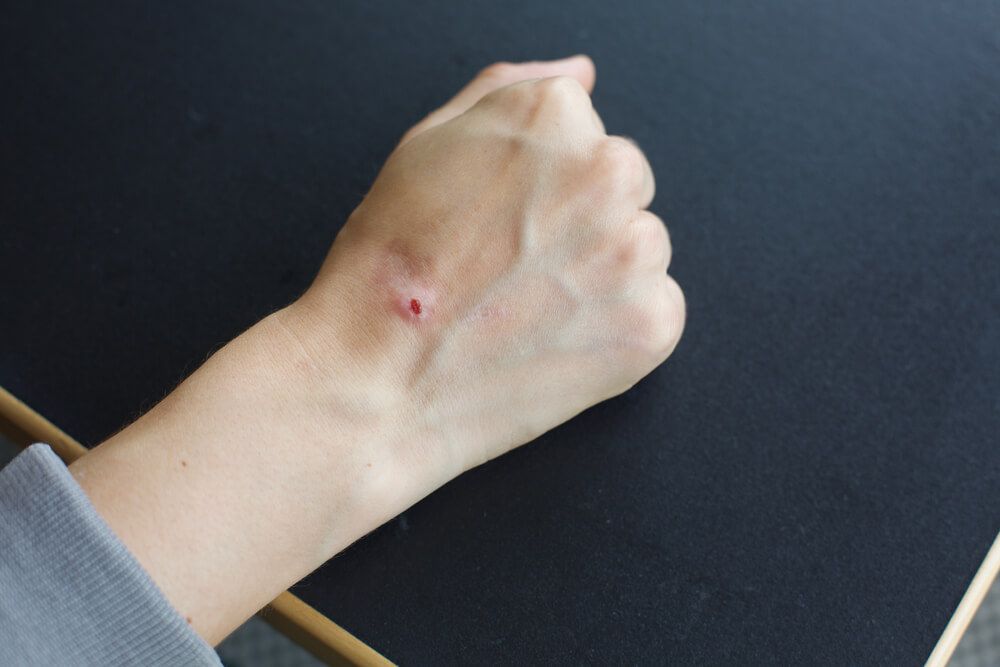Dermatological advances offer numerous solutions for those afflicted with skin cancers, and among the most effective treatments is Electrodesiccation & Curettage (ED&C). Particularly valuable for managing basal cell and squamous cell carcinomas, this method combines the surgical removal of cancerous growths with an electrical process to ensure comprehensive treatment.
Recognizing the Symptoms
Understanding the early signs of skin cancers like basal cell and squamous cell carcinomas can lead to timely interventions. Key symptoms include:
- Persistent, scaly skin patches
- Unhealing sores
- Reddish nodules
- Growth with irregular borders
- Itchy or bleeding lesions
The Imperative of Treatment
- Prompt Action: The sooner skin cancers are addressed, the higher the likelihood of complete recovery. If left untreated, these can become invasive, affecting deeper skin tissues and even other parts of the body.
- Aesthetic and Functional Restoration: Beyond the obvious health concerns, early treatment can also prevent disfigurement, ensuring the skin retains its appearance and function.
- Peace of Mind: Knowing that one has acted swiftly and effectively against cancerous growth brings significant psychological relief.
Delving into the Treatment Process
The treatment journey for Electrodesiccation & Curettage begins with an initial consultation. In this critical phase, patients have the opportunity to meet with esteemed dermatological experts, either Dr. Morgan Hott, Dr. Hamrock, Victoria Dennis, FNP-C, Wendy Demetrios, FNP-C and Brianna Marin, MPAS, PA-C. These seasoned professionals conduct a thorough assessment of the area in question, ensuring that every detail of the skin’s condition is noted and understood.
Following this, the actual procedure commences with a step known as curettage. In this phase, the doctor, armed with a specially designed spoon-shaped instrument called a curette.



